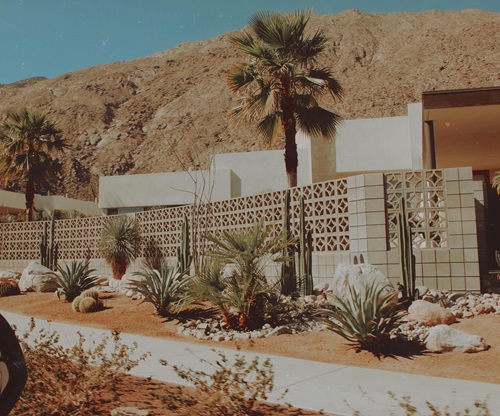
In an era of increasing water scarcity homeowners and landscape designers are turning to xeriscaping as a sustainable alternative to traditional landscaping. Xeriscaping, derived from the Greek word “xeros” meaning dry, is a landscaping philosophy designed to minimize water usage while creating beautiful, functional outdoor spaces. This approach is especially relevant for regions with arid climates, where water conservation is a critical concern.
What Is Xeriscaping?
Xeriscaping is a landscaping method that emphasizes the use of drought-tolerant plants, efficient irrigation systems, and sustainable design principles. The goal is to create a low-maintenance landscape that conserves water without sacrificing aesthetic appeal. Originally popularized in the Southwestern United States, xeriscaping has gained global recognition as an environmentally responsible approach to gardening and landscaping.
The Principles of Xeriscaping
Effective xeriscaping is based on seven core principles:
Planning and Design
A well-thought-out design is the foundation of xeriscaping. This includes understanding the site’s soil type, sun exposure, and drainage patterns. Grouping plants with similar water needs together (hydrozoning) is a critical aspect of the planning process.
Soil Improvement
While many native plants thrive in poor soils, some soil amendments can enhance water retention and plant health. Testing the soil and adding organic matter as needed can improve its structure and fertility.
Efficient Irrigation
Xeriscaping reduces the reliance on traditional watering methods. Drip irrigation, soaker hoses, and smart irrigation controllers deliver water directly to plant roots, minimizing evaporation and runoff.
Drought-Tolerant Plants
Native and drought-resistant plants are the backbone of xeriscaping. Succulents, cacti, lavender, and ornamental grasses are popular choices. These plants not only require less water but also attract pollinators and enhance biodiversity.
Mulching
A layer of mulch, such as bark, gravel, or wood chips, helps retain soil moisture, regulate temperature, and reduce weed growth. Mulching also adds a polished look to the landscape.
Limited Turf Areas
Traditional lawns are water-intensive and high-maintenance. Xeriscaping replaces large grassy areas with alternatives like ground covers, hardscapes, or artificial turf, reserving grass for functional or recreational spaces only.
Maintenance
Although xeriscaping requires less upkeep than conventional landscaping, regular maintenance such as weeding, pruning, and checking irrigation systems ensures the landscape remains healthy and attractive.
Benefits of Xeriscaping
Xeriscaping offers numerous environmental, economic, and aesthetic benefits:
- Water Conservation: Reduces outdoor water use by up to 60%.
- Cost Savings: Lowers water bills and reduces maintenance costs.
- Environmental Protection: Minimizes runoff, reducing pollution in local waterways.
- Biodiversity: Supports native wildlife and pollinators.
- Resilience: Creates landscapes that can withstand drought and extreme weather.
Getting Started with Xeriscaping
Transitioning to a xeriscaped yard doesn’t have to be overwhelming. Start small by replacing a portion of your lawn with drought-tolerant plants or installing a drip irrigation system. Research native plant species in your area and consult with local nurseries or landscape professionals for guidance. Over time, your yard can become a sustainable oasis that saves water and enhances the beauty of your home.
Conclusion
Xeriscaping is more than just a landscaping trend; it’s a practical and environmentally responsible solution to the challenges posed by dry climates and water scarcity. By adopting xeriscaping principles, homeowners can enjoy lush, vibrant landscapes that align with the needs of the planet. Whether you’re motivated by environmental concerns or a desire for lower utility bills, xeriscaping is a wise investment in the future.




Comment here